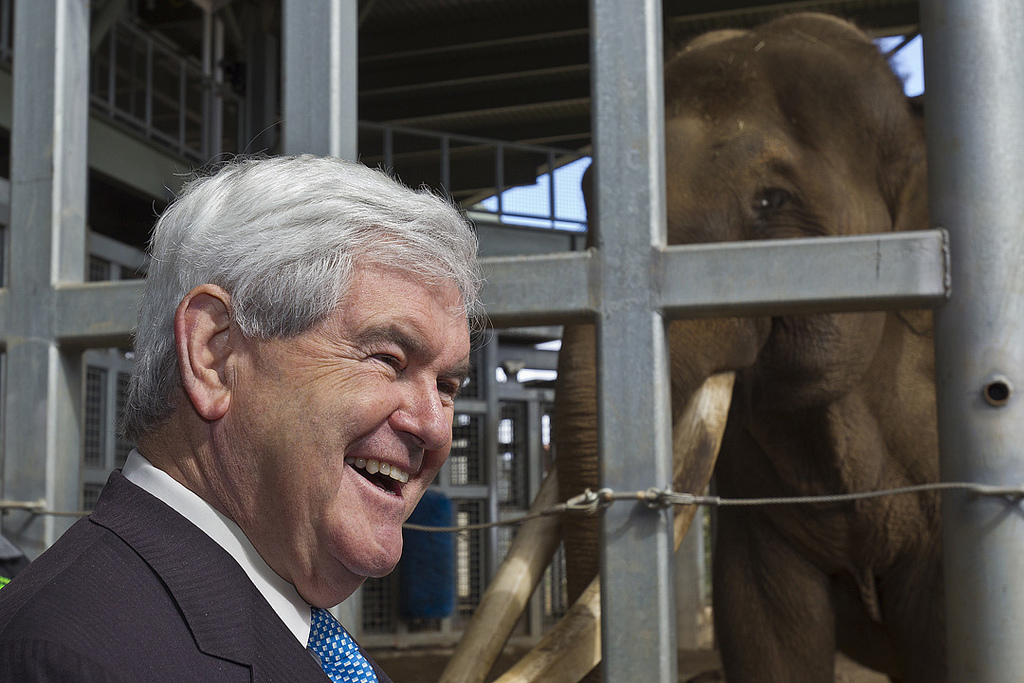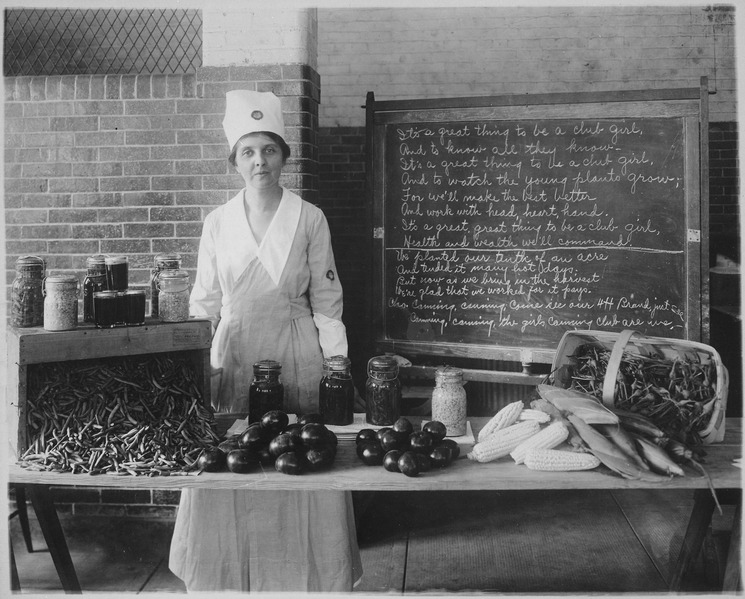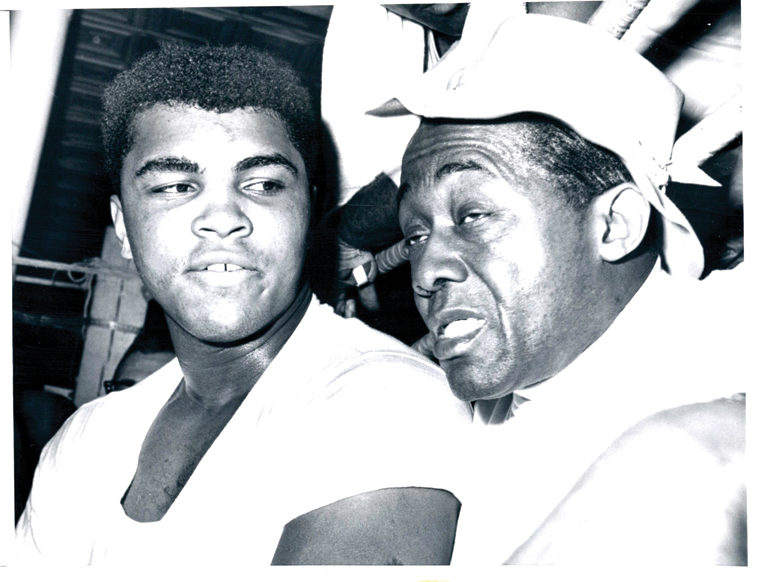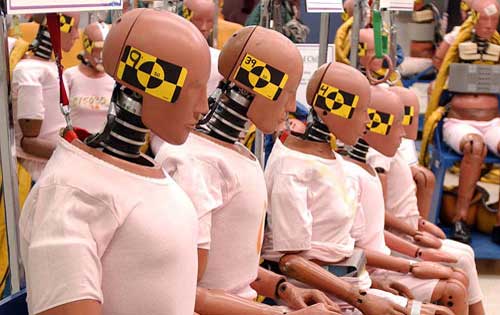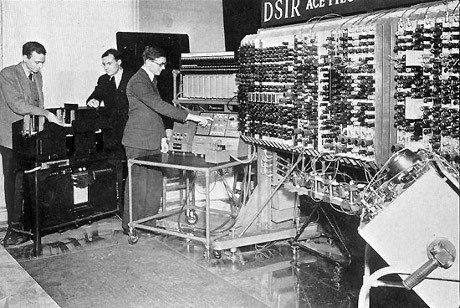In a 1995 New York Review of Books analysis of then-Speaker of the House Newt Gingrich, Joan Didion reveals, unsurprisngly, a petty man with grandiose notions. It’s not that he never argues for interesting ideas but that he instantly cheapens them with a crassness and a lack of intelligence. An excerpt:
Even Mr. Gingrich’s most unexceptionable arguments can take these unpredictable detours. The “Third Wave Information Age” offers “potential for enormous improvement in the lifestyle choices of most Americans,” opportunities for “continuous, lifelong learning” that can enable the displaced or downsized to operate “outside corporate structures and hierarchies in the nooks and crannies that the Information Revolution creates” (so far so good), but here is the particular cranny of the Information Revolution into which Mr. Gingrich skids:
Say you want to learn batik because a new craft shop has opened at the mall and the owner has told you she will sell some of your work. First, you check in at the ‘batik station’ on the Internet, which gives you a list of recommendations. … You may get a list of recommended video or audio tapes that can be delivered to your door the next day by Federal Express. You may prefer a more personal learning system and seek an apprenticeship with the nearest batik master. … In less than twenty-four hours, you have launched yourself on a new profession.
Similarly, what begins in To Renew America as a rational if predictable discussion of “New Frontiers in Science, Space, and the Oceans” takes this sudden turn: ‘Why not aspire to build a real Jurassic Park? … Wouldn’t that be one of the most spectacular accomplishments of human history? What if we could bring back extinct species?’ A few pages further into “New Frontiers in Science, Space, and the Oceans,” we are careering into ‘honeymoons in space’ (“imagine weightlessness and its effects and you will understand some of the attractions”), a notion first floated in Window of Opportunity, in that instance as an illustration of how entrepreneurial enterprise could lead to job creation in one’s own district: “One reason I am convinced space travel will be a growth industry is because I represent the Atlanta airport, which provides 35,000 aviation-related jobs in the Atlanta area.”
The packaging of space honeymoons and recycled two-liter Coca-Cola bottles is the kind of specific that actually engages Mr. Gingrich: absent an idea that can be sold at Disney World, he has tended to lose interest.•

